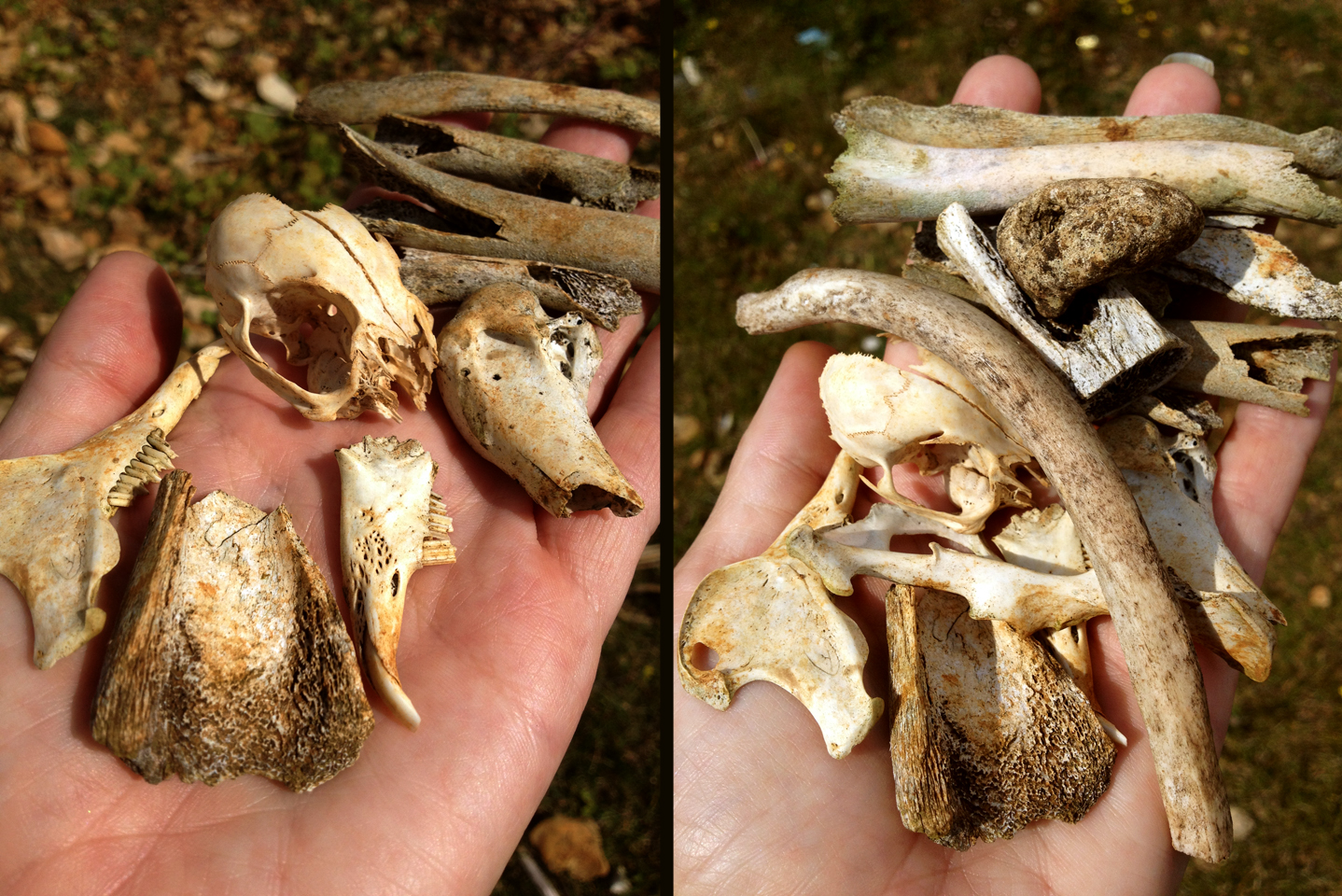
The Druids next door
“There is stillness, the stones hold us. Still.” (Druid saying recorded by Romans)
In the next door village of Stanton Harcourt is a stone henge. The village is named for it: from Stan (farm) + tun (beside the rocks).
It’s a little known Neolithic monument built by people of the early bronze age (2900 BC). Much of the archaeology of the area has been destroyed by Roman-British medieval farmers as they plowed the land. And, the henge which remains is a tiny fraction of an enormous area of barrows and prehistoric settlements all along the Winrdush/Thames valley.
It’s a miracle that the stones exist at all. They have been gathered, toppled, buried, plowed over, used in the construction of the RAF Stanton Harcourt during WWI, and dragged over to the Windrush River to serve as a bridge. By the 1940s, when a renewed interest in this archaeological treasure led to a large dig, there were only three stones standing.
Today, the area is known as The Devil’s Quoits. As with most ancient treasures, Roman-Christian traditions dictated a redirection of any pagan religions, so the area was re-imagined as God giving the Devil a telling off for playing quoits on a Sunday and the Devil had a temper tantrum scattering the quoits forming the henge.
It may have been lost to history but for aerial WWI surveillance work, which showed the circle and ditch and facilitated the 1940 investigation, and, in 2002, work began to find the stones and rebuild the henge.
Come, walk up to the first earth circle with me, and let’s climb to the top.
The henge is very large, 2200 ft across. There are/were two Tumuli (burial mounds) excavated in 1940. In the very centre of the great circle is a woman. She stands 5’3″ and, by her bone structure, is believe to be of the Celt. She had a flint knife, a jet slider for her clothes, seven flint arrow heads and a bone pendant in the shape of a looking glass.
The second burial is located at the North entrance to the henge, underneath a “break” in the ditch circle. It is a man, 5′ 10″, with a ground-down gap in his teeth on his left side, suggesting that he repetitively held something between his teeth. Around him was a smaller ditch intersecting the large, primary ditch. Buried with him was a traditional beaker, dating him to the Beaker people, (early bronze age), seven flint arrowheads, and the same bone ring pendant.
Beside the Tumulus of the man was a pit of animal bones. Animal and human bones were also found in the ditch around the henge. These were probably other burials and animal sacrifices, but that information is most likely lost to the plow, and only the rabbits, who call the ditch bank their home, are privy to what lies scattered beneath.
We walked the circumference of the ditch and I collected my own archaeological treasures.
In the druid culture, ravens are a link between this world and the next. In return for the henge offering me some precious bones, I left a gift of three raven’s feathers in the Western stone.
In case you’d like to read the 1940 archaeological study here is the link: Excavations at Stanton Harcourt 1940
Linking up with Judith and the Mosaic bunch. 😀

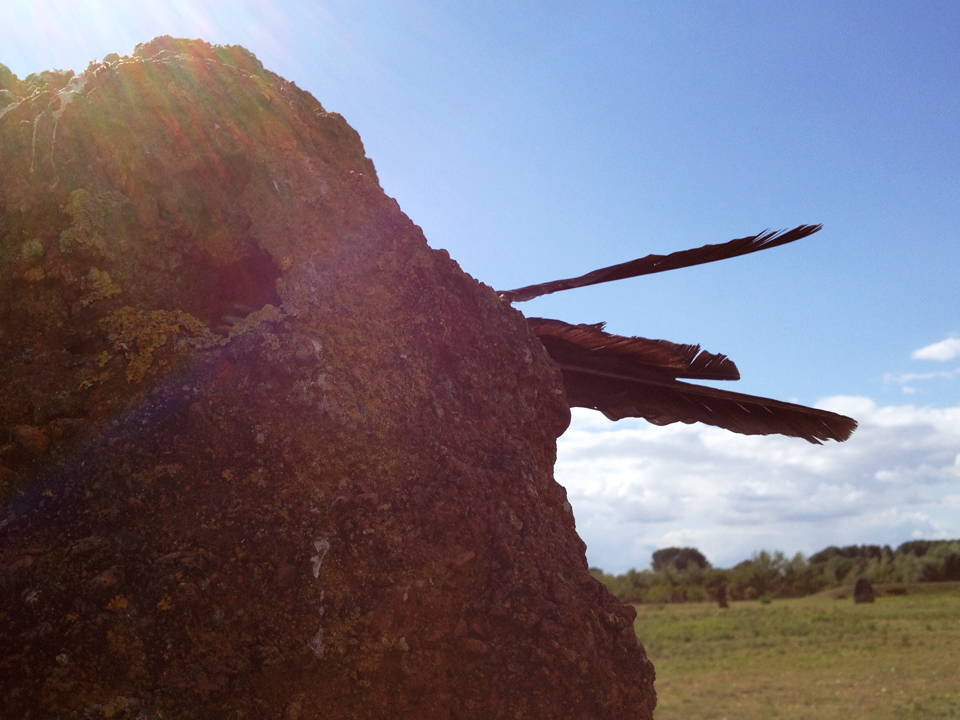
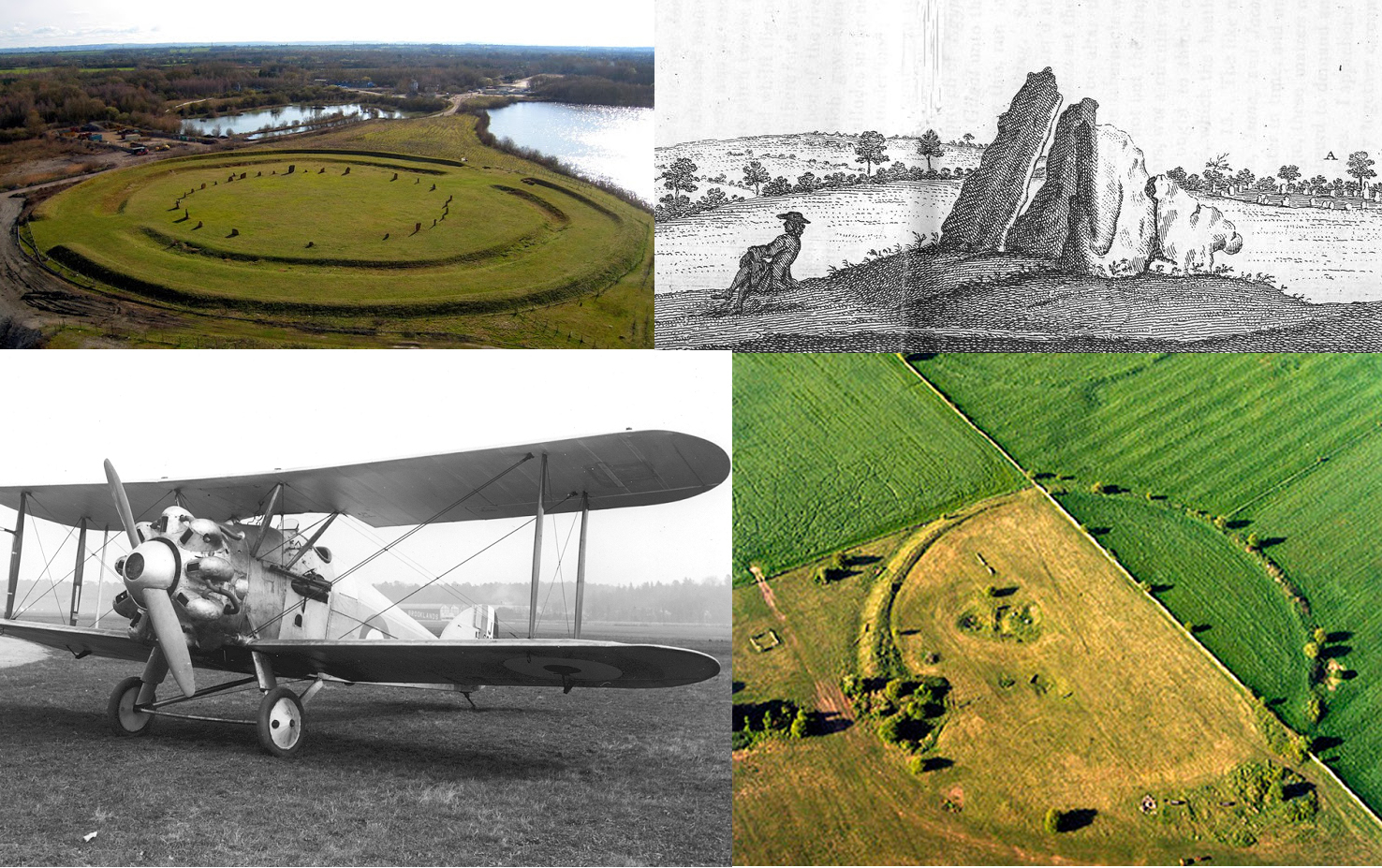
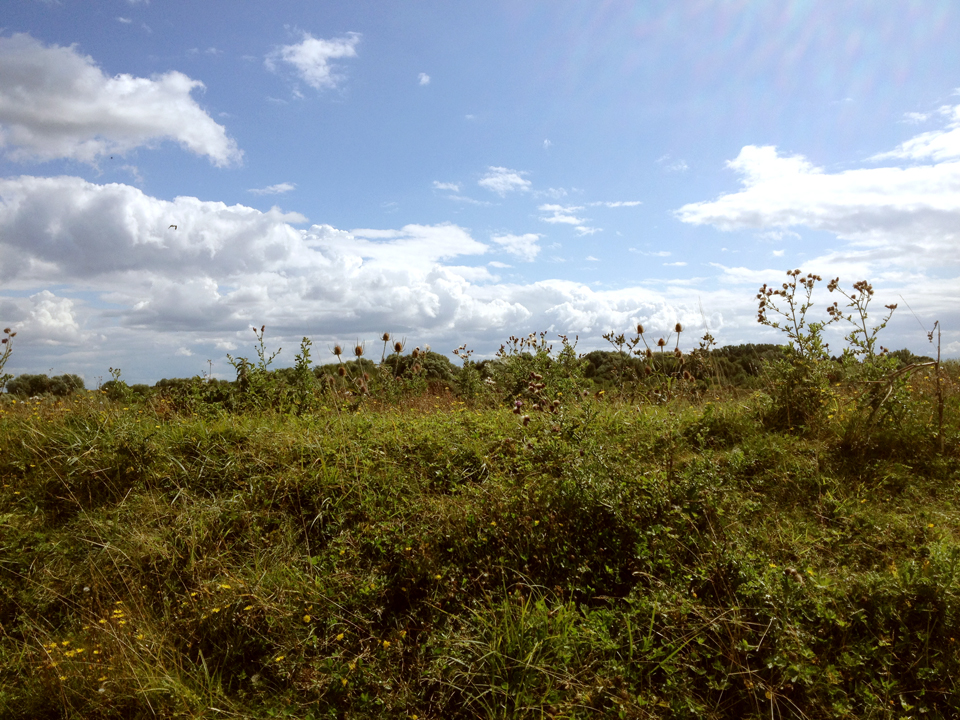
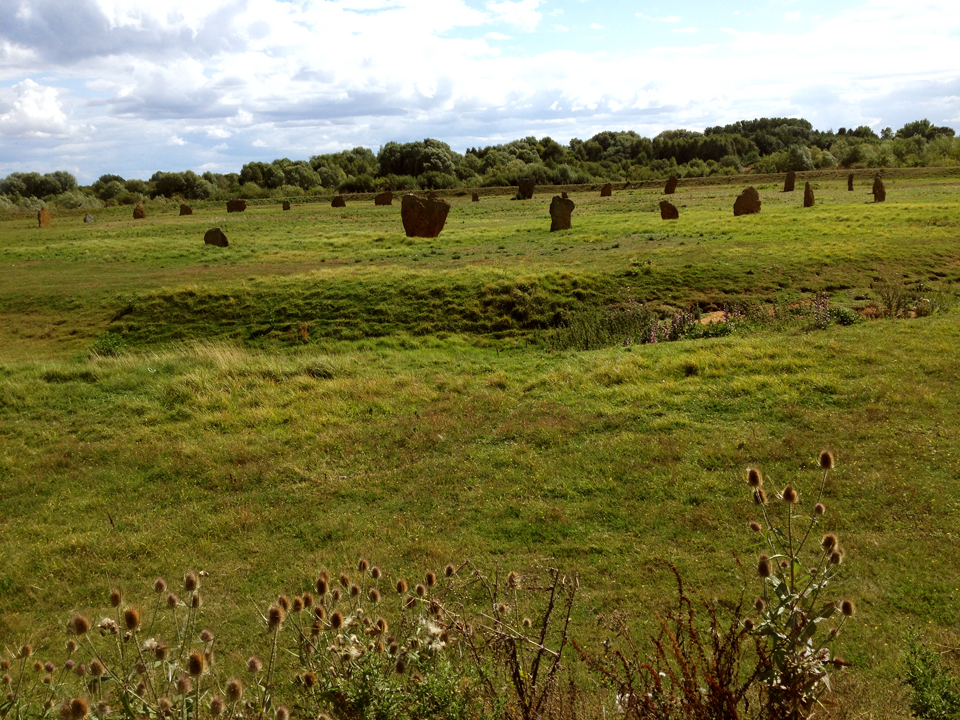
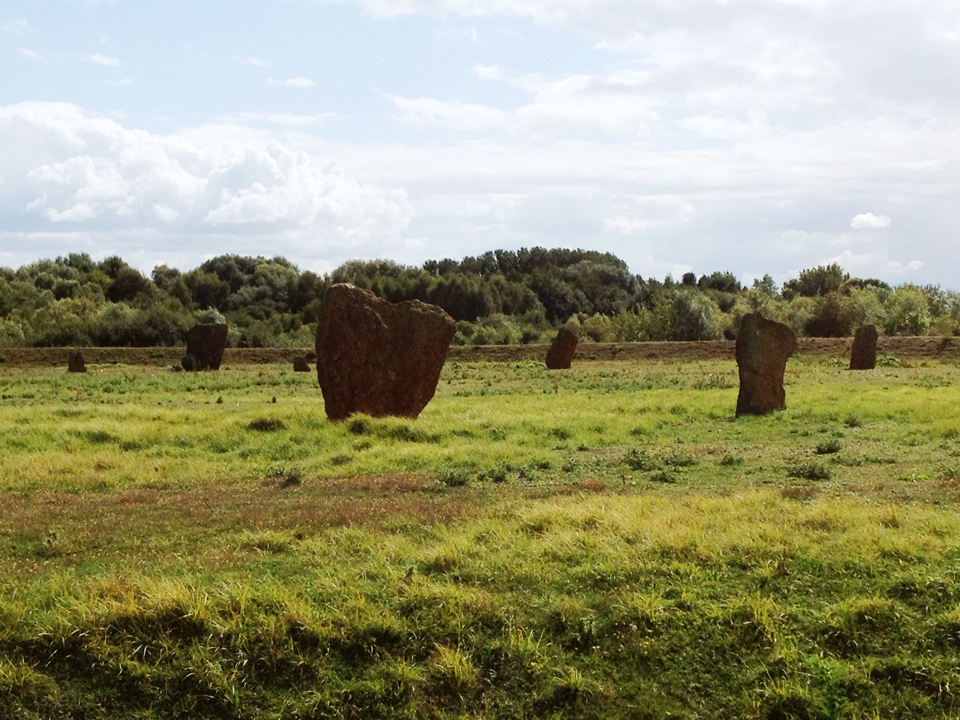
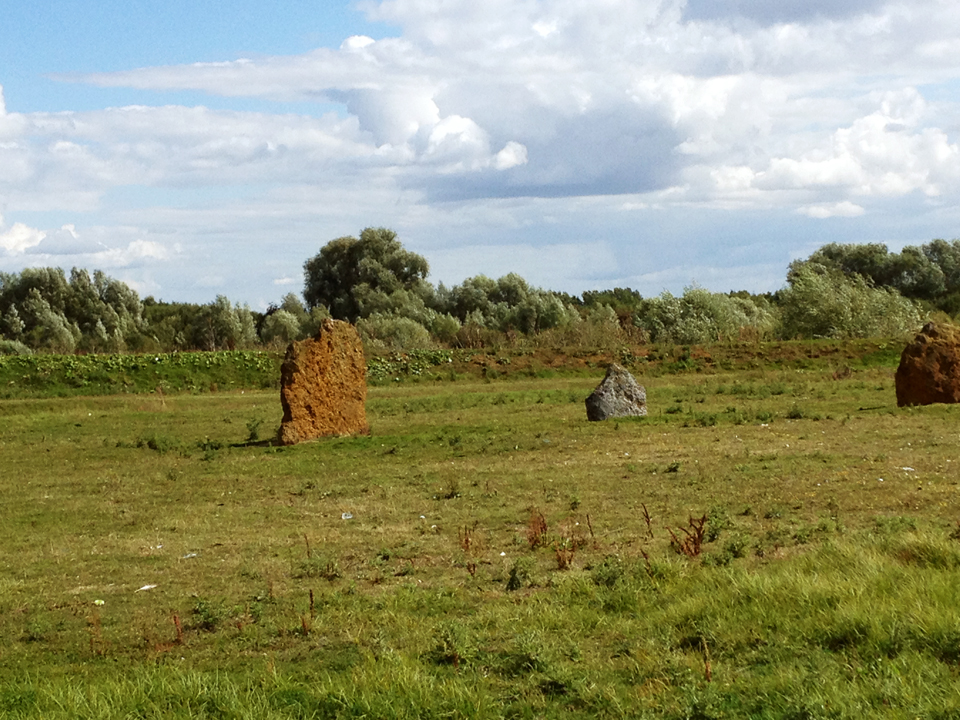
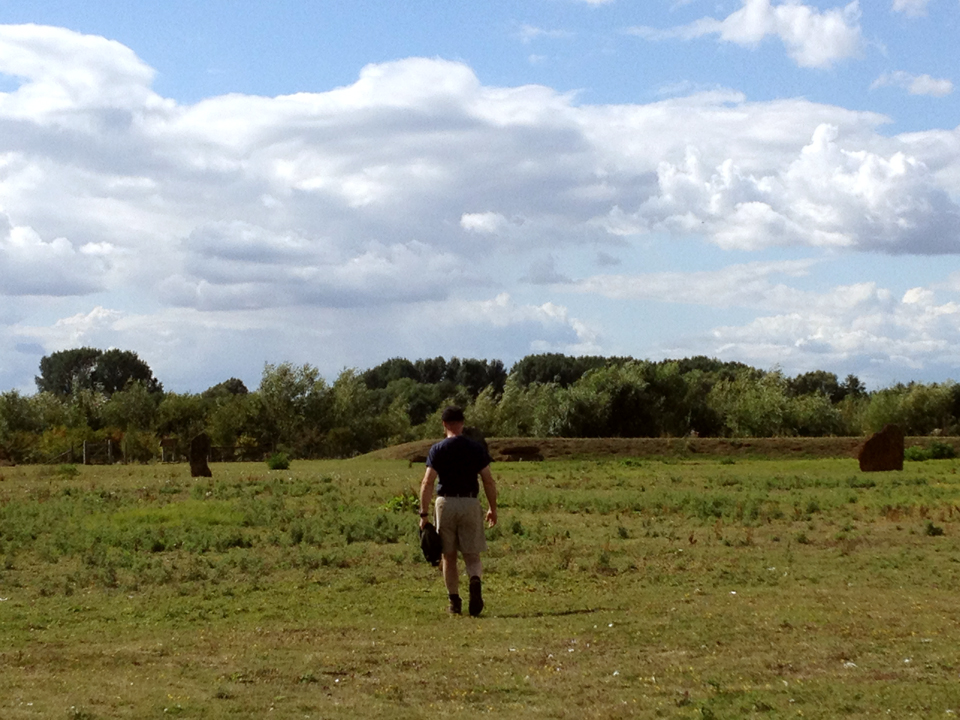
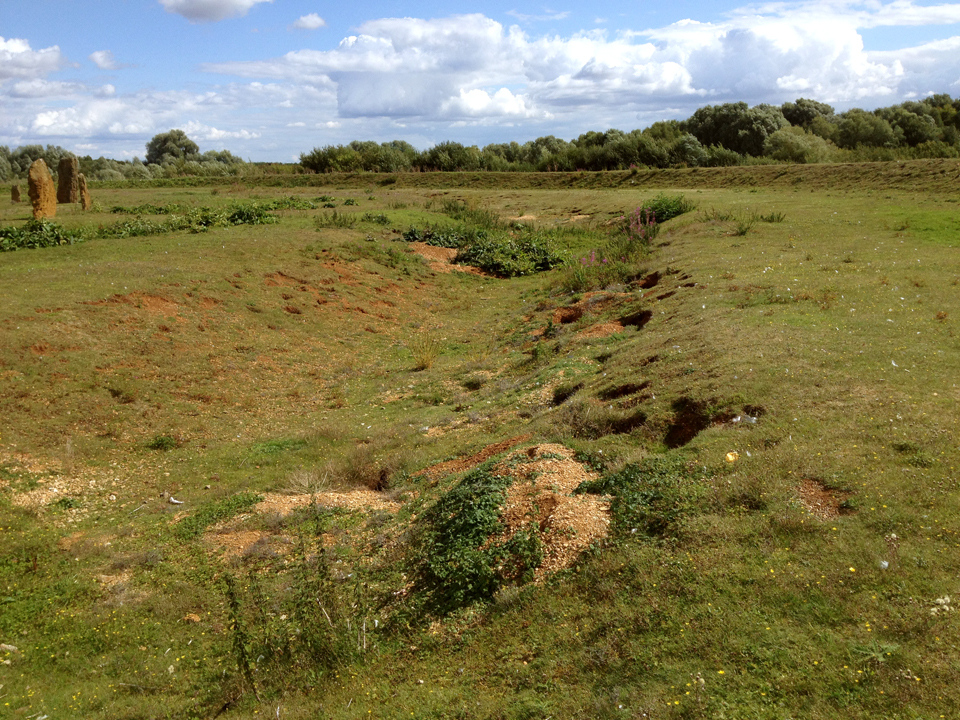
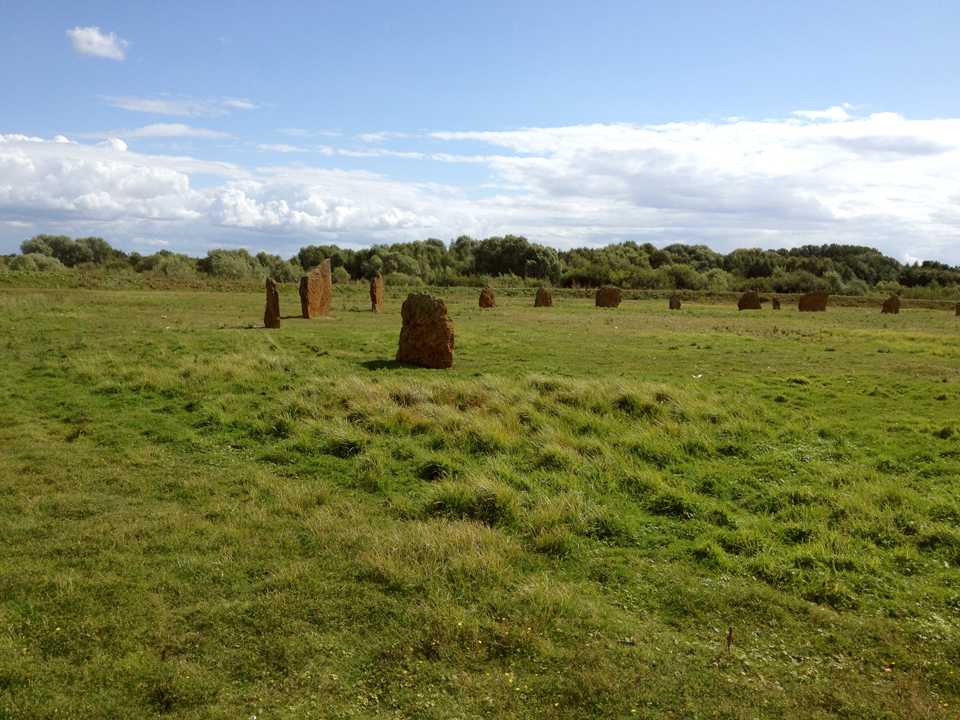
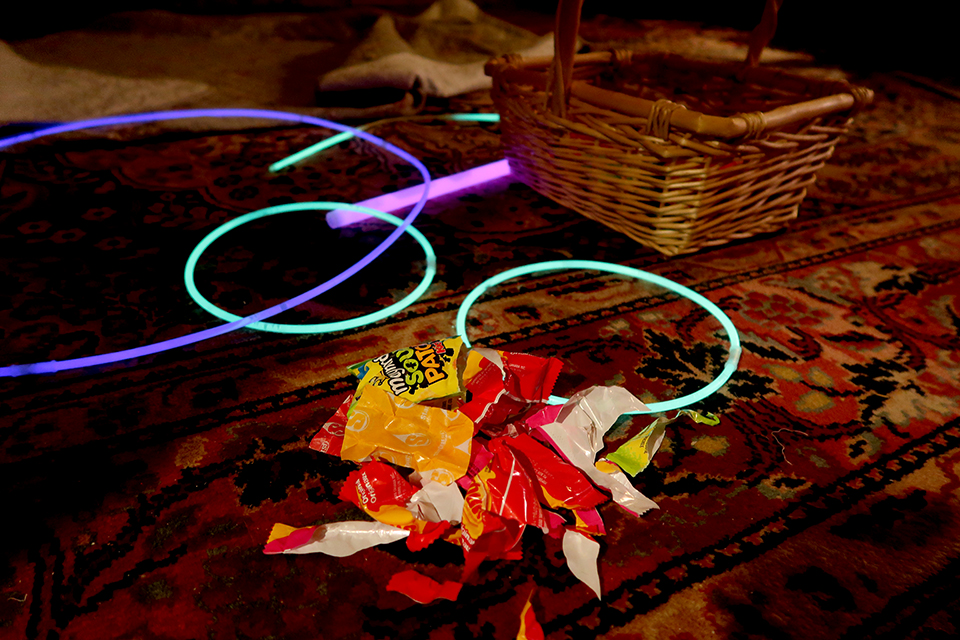
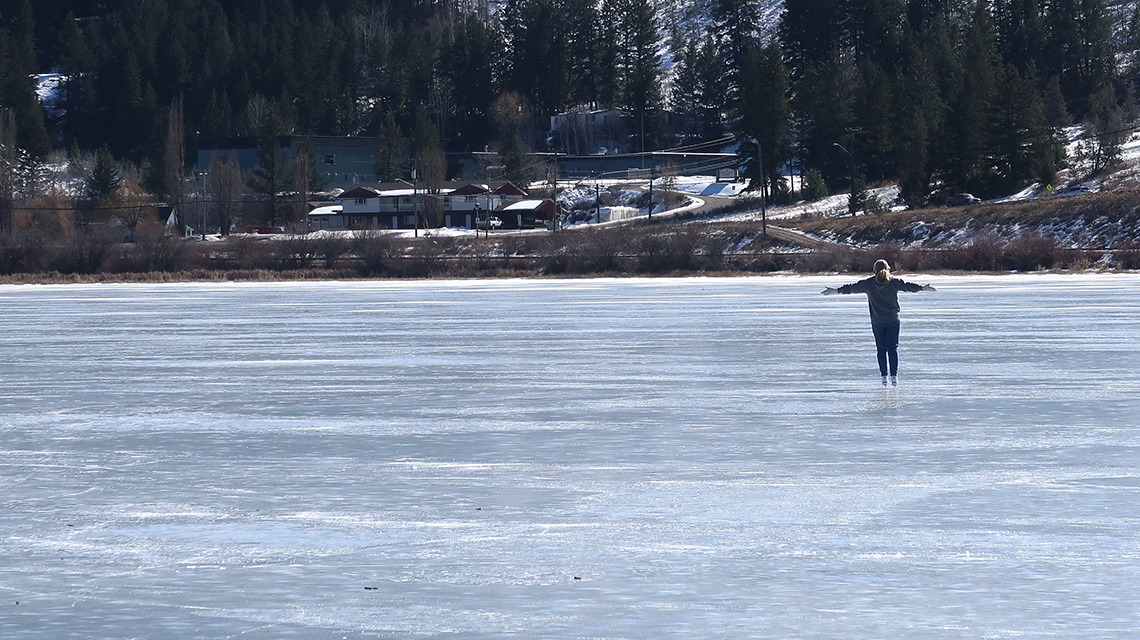
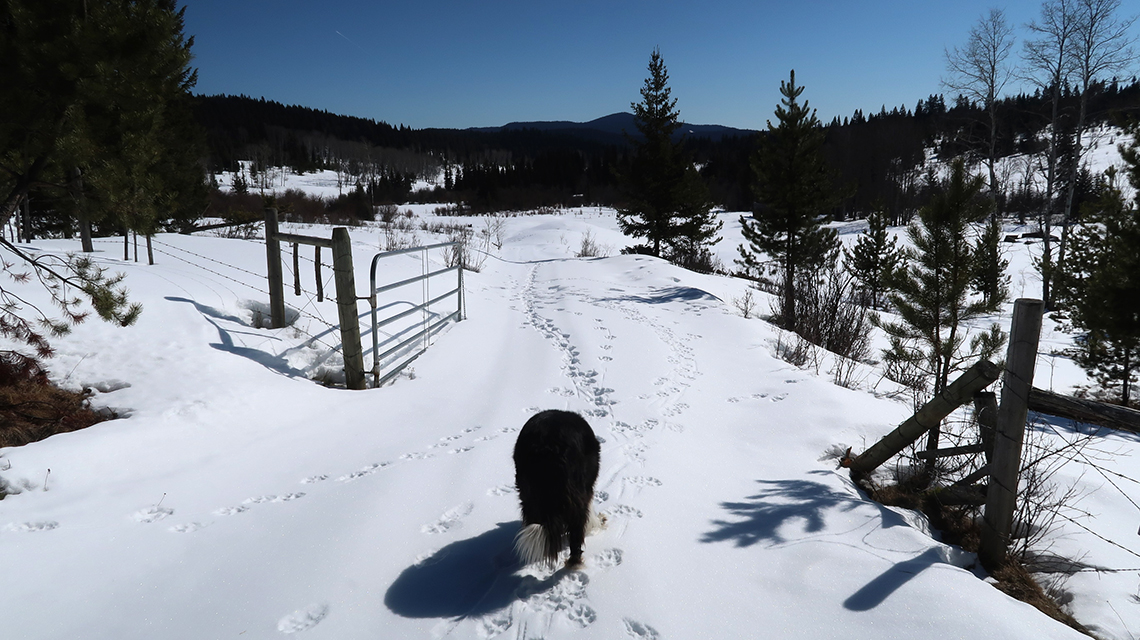
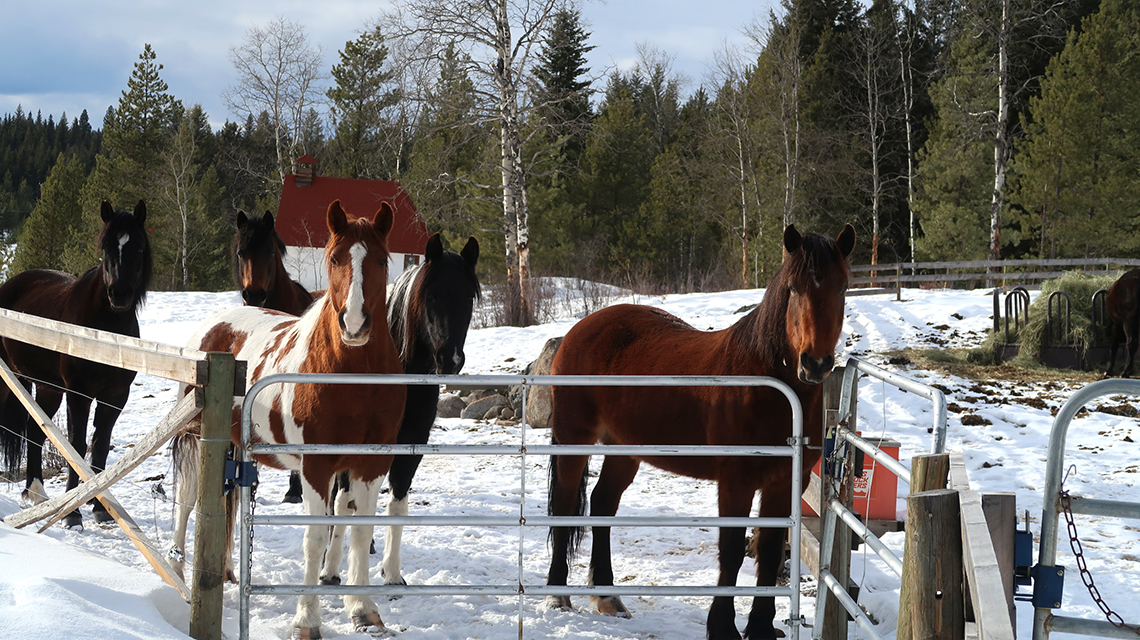
Patty/NS
Absolutely fascinating! What an amazing field trip to go on. Thanks for sharing. One day I hope to visit and retrace my ancestor’s footsteps : )
Lavender Cottage
Nice to see you again this week Veronica, and such an interesting post! I’m going to come back when I have more time and read the link.
Thanks for linking to MM.
vastlycurious.com
This is fascinating !! I did not want your post to end. I would love to see it.
michellepond
Thank you for sharing this piece of history with us. Once again, you have taken us right there with your beautiful photographs.
denise616
Thanks for sharing this field trip! How wonderful to live near such a place.
Donna@GardensEyeView
Veronica this is fascinating and how lucky to live nearby where there is ancient history to explore. Thanks for sharing the history.
Lorrie
This is so fascinating. When I took a course on English history a few years ago, I determined that one day I would visit such a stone circle, and one where you can walk into and get close to, unlike Stonehenge these days. We’ve had a beautiful summer on the west coast of Canada and the fall is shaping up pretty well, too, so hopefully you’ll get to enjoy some of the lovely weather when you return.
Eileen
A very interesting place to visit. The stones are just amazing to me.. Congrats on your finds. Thanks for sharing, have a happy week!
micupoftea
What fascinating history! Thanks for sharing this info- nice photos and post. 🙂
eganj1
A great read, thank you
daryledelstein
fascinating stuff, thank you .. i love things like this…
paulabuenosaires
I want to go there. 🙂
My Little Home and Garden
It’s wonderful that you know some of the stories about this area, one so close to you.
Ida P. Krause
Such an interesting place. I love the (legends) of how these places came to be.
travelnwrite
A fascinating post! I enjoyed it very much!
Pingback: On this last day of 2015 - Veronica Roth